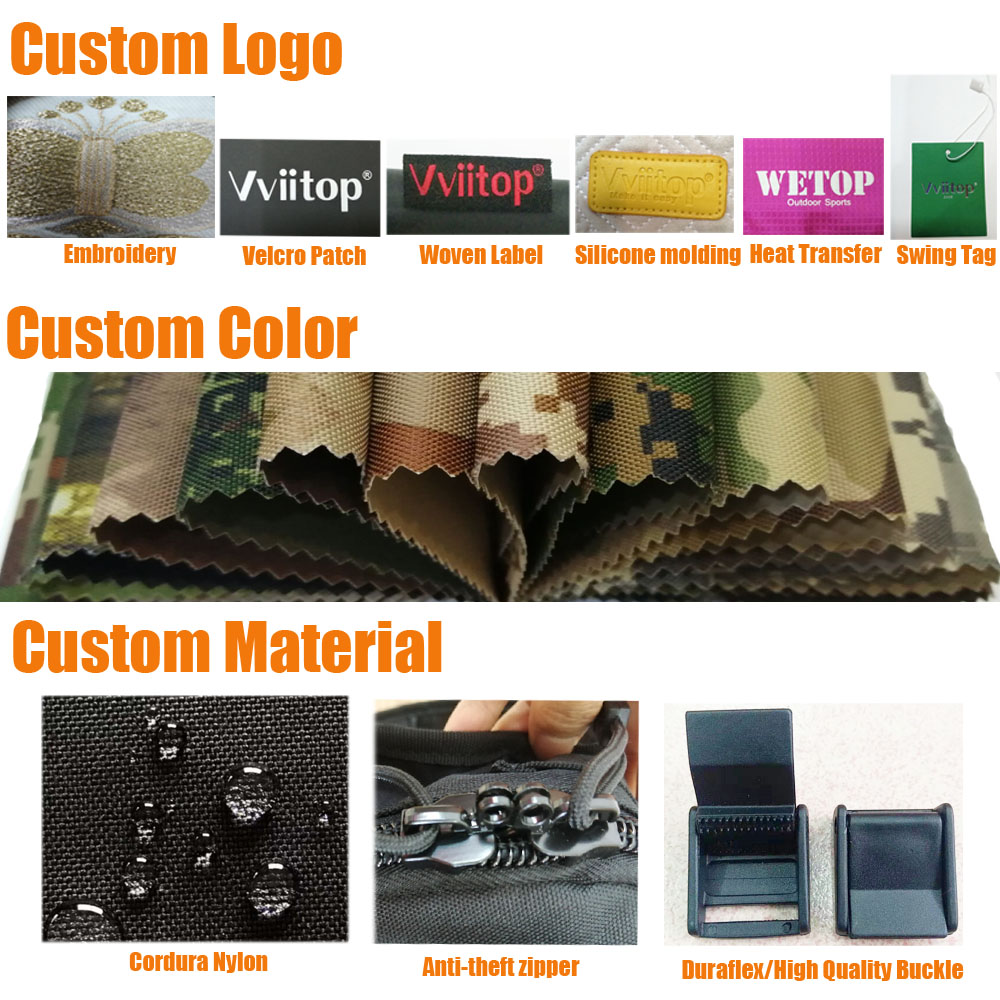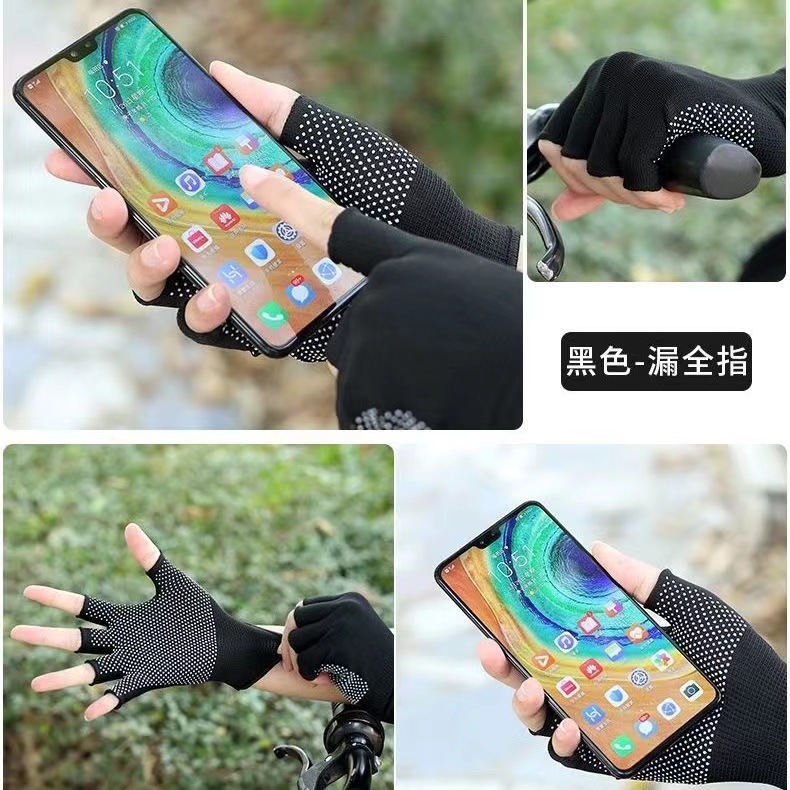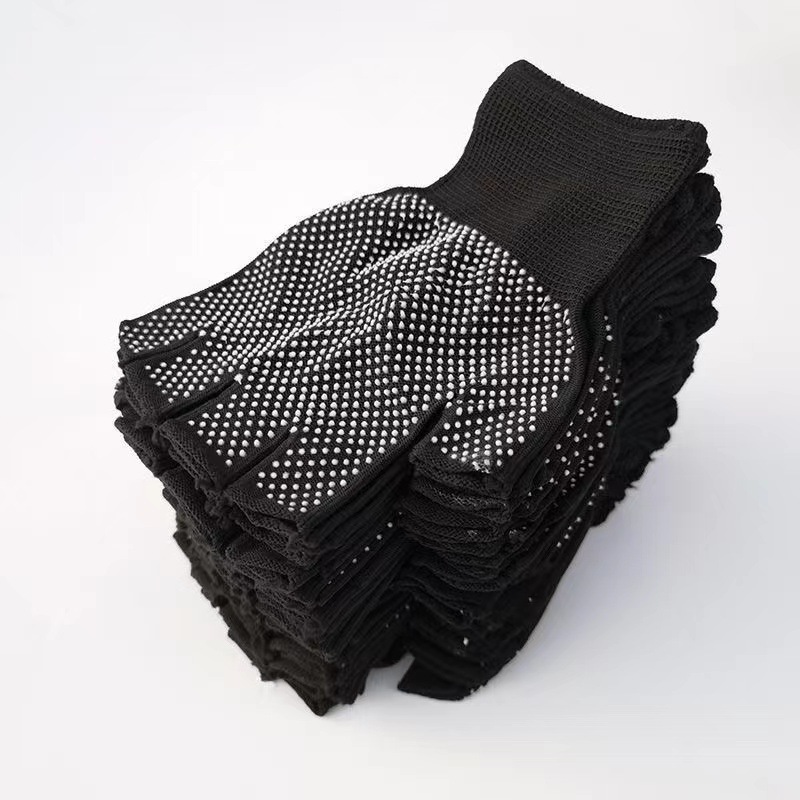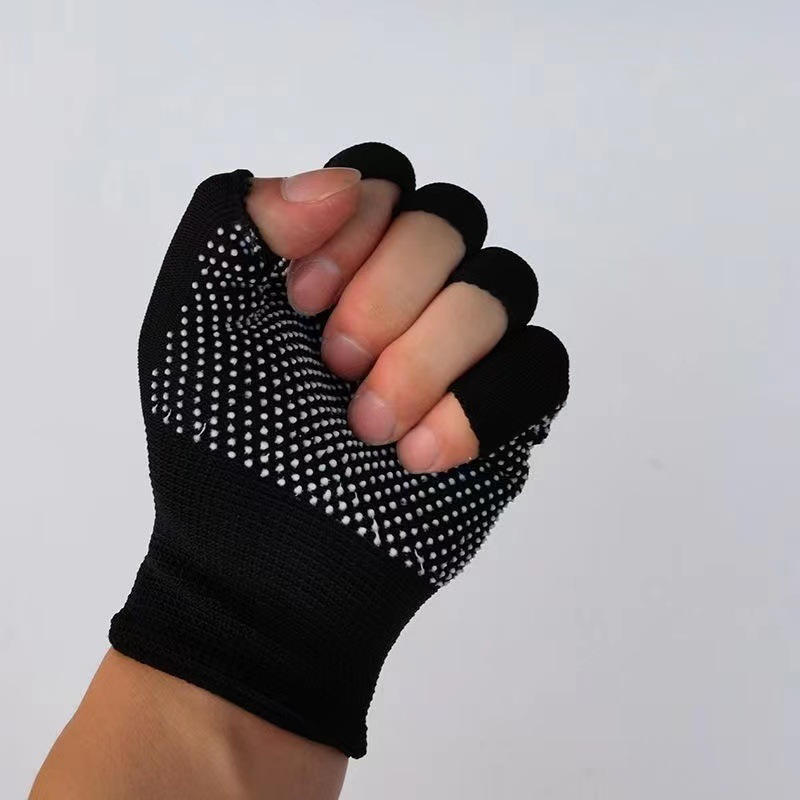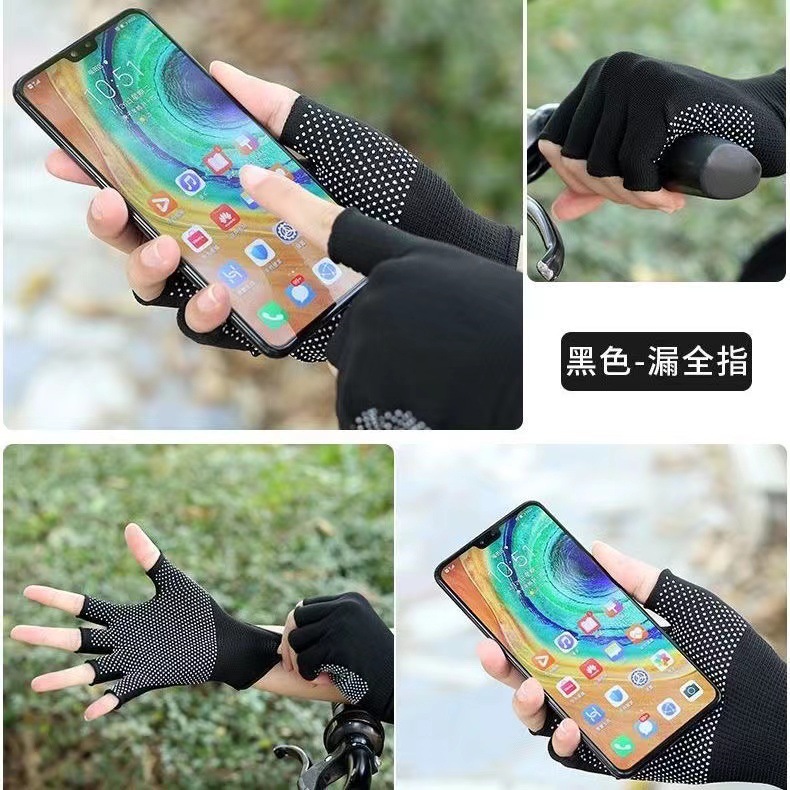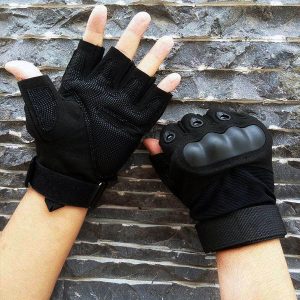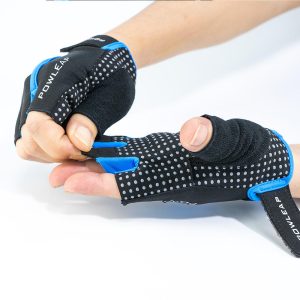Fingerless work gloves are a specialized type of hand protection designed to provide a combination of dexterity and partial hand coverage. These gloves are designed with open fingertips, leaving the fingers exposed while providing coverage for the palm and back of the hand.
The key feature of fingerless work gloves is the freedom they offer to the fingertips. With the fingertips exposed, workers can have direct tactile contact with small objects, tools, and equipment. This allows for enhanced sensitivity, precision, and dexterity, making fingerless gloves ideal for tasks that require intricate movements and fine motor skills.
Fingerless work gloves provide protection for the palm and back of the hand. They are often made from durable materials such as leather, synthetic leather, or impact-resistant fabrics. This coverage shields the hands from abrasions, impacts, and minor cuts, while still allowing for breathability and flexibility.
These gloves are particularly popular in industries where workers need fingertip control or touch sensitivity, such as assembly lines, construction, electrical work, and precision tasks. They are also favored by outdoor enthusiasts, photographers, and cyclists who require hand protection while maintaining tactile dexterity.
Additionally, fingerless work gloves offer the advantage of increased ventilation. With the fingers exposed, airflow is improved, reducing heat buildup and sweat accumulation. This can help to keep the hands cool and comfortable during extended use.
Fingerless work gloves may include additional features such as reinforced palm areas, adjustable closures, or padded protection on the back of the hand for added safety and comfort.
In summary, fingerless work gloves provide a balance between hand protection and fingertip dexterity. With their open fingertips, these gloves enable workers to maintain precision and sensitivity while safeguarding the palm and back of the hand in various industries and activities.

